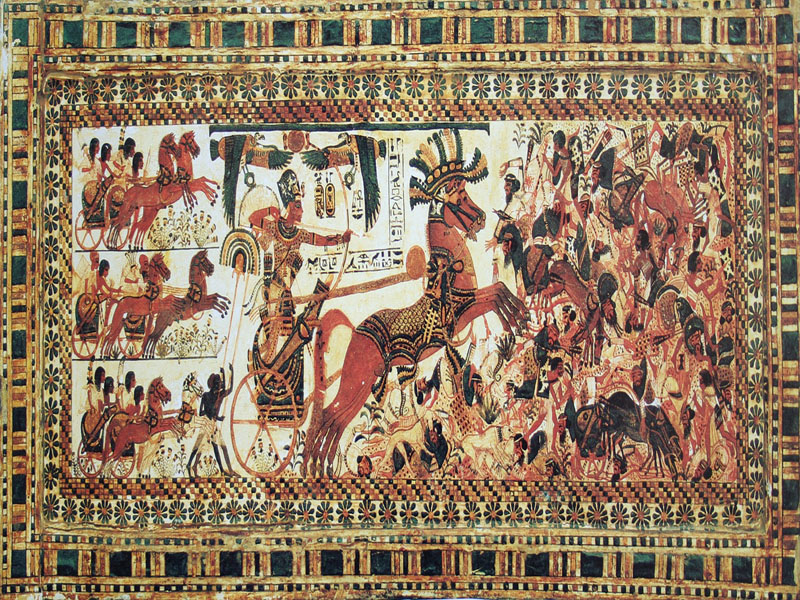This article is filled with an abundance of information on the most advanced civilizations that presided on earth over the course of thousands of years and perished in mystery.
- What is an advanced civilization?
Advanced civilizations are societies that started thinking about a lot of other things than just simply gathering food very early in time. They had cities, an administration, and a division of work among the people. Advanced civilizations developed calendars and laid the foundations for many sciences. A total of 25 advanced civilizations include those of the Sumerians, Babylonians, and Assyrians in Mesopotamia- what we today know as Iraq- Egypt, Persia, China, the Indus valley civilization, several cultures on the American continent, and the Minoan in Europe.
- How and where did the first cities originate?
Individual settlements became cities when humans were able to produce more food than needed. The population also increased, so more artisans were needed. With the construction of palaces for rulers and huge temples, the cities became important centers in which writers, officers, soldiers, and priests lived and had a lot of influence on people. The oldest cities whose remains have been found are Jericho in Palestine (around 9000 BC) and Catal Hayuk in Turkey (around 6000 BC).
- Who were the Babylonians?
The Babylonians lived in Mesopotamia, the land between the two rivers, Euphrates and Tigris in Iraq. They followed the advanced cultures of Sumerians and the Assyrians. In 1700 BC, King Hammurabi passed strict laws here and ruled his kingdom with a strong hand. Around 1100 years later, King Nebuchadnezzar II made the capital city of Babylon one of the most powerful trade centers. It lay on both sides of the Euphrates, had buildings with up to four storeys, and was surrounded by an 18 km long thick wall. The tower of Babel, which he built, is mentioned even in the Old Testament of the Bible.
- What was the Indus Valley Civilization?
Indus is a large river in eastern Pakistan, near the border of India. The Indus Valley Civilization flourished from the 4th to the middle of the 2nd century BC in the valleys of this river and its tributaries. It was one of the earliest and the biggest civilizations in the world. Archeologists found its remains in 1922. First, a small part of over a thousand colonies was excavated. It was the center of trade and business. Products were sent to Sumer in Mesopotamia. There were no magnificent buildings or temples, but a planned layout, right-angled streets with living quarters, and a system for drinking and wastewater were some of the things discovered here. It is not known why the civilization perished by around 1700 BC.
- Which advanced civilizations were there in America?
There were several advanced civilizations in Middle America, i.e., in the countries between Mexico and Panama. For instance, the Mayas settled along the Atlantic coast of Mexico and Guatemala in 300 BC. Their civilization also perished by around AD 950 for unknown reasons. After AD 1300 the Aztecs ruled over Mexico, till they were defeated by the Spanish conquerors. Both cultures had calendars. Step pyramids with a height of up to 70 m can be found in their cities. Another highly developed race, the Incas lived in the Andes of South America. They controlled the mountainous region for 500 years from 1100 BC.
- Who were the Minoans?
The culture of Minoans blossomed in the European Bronze Age about 4500 years ago. They lived on the Mediterranean island of Crete. On this island, the remains of huge palace complexes can be seen where the priests and the officers of that time rendered their services. The Minoan script, called ‘linear script A’, is probably the oldest script in Europe. Until now one has not been able to decode it. The reasons for the decline of Minoan culture around 1450 BC are not known. However, a volcanic eruption is a probable reason for the same.
Stay with
Prerna




